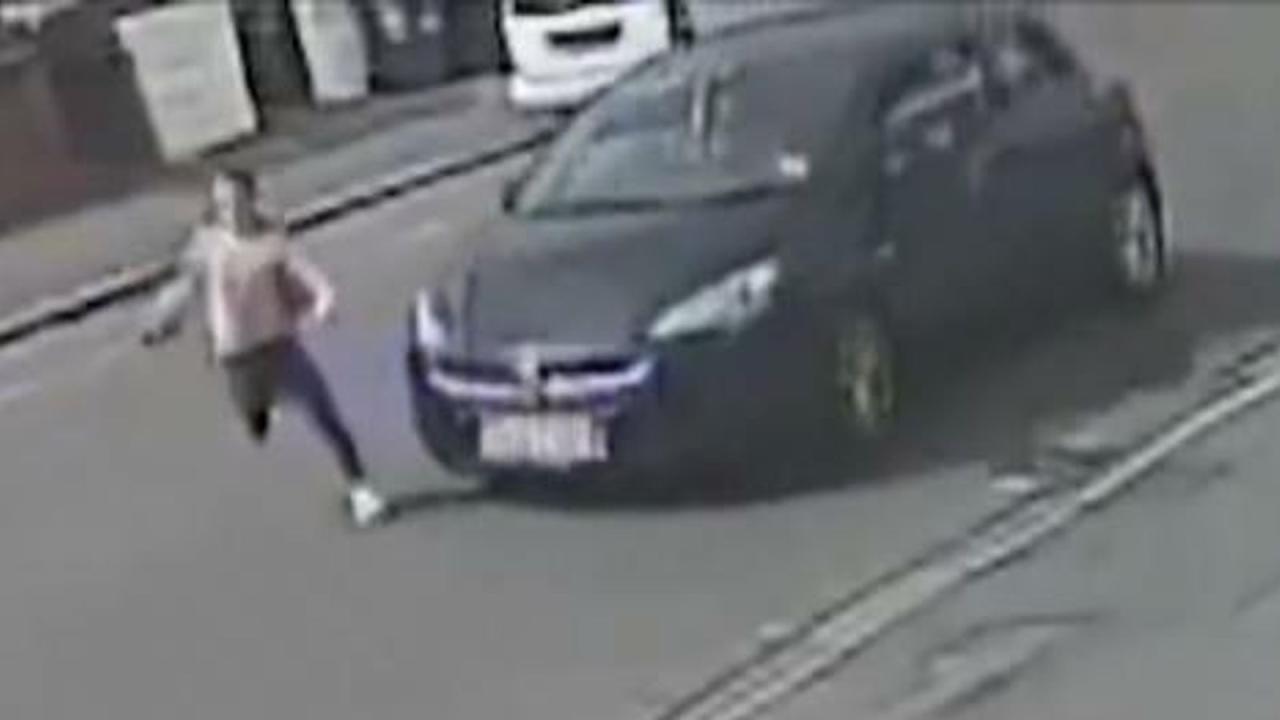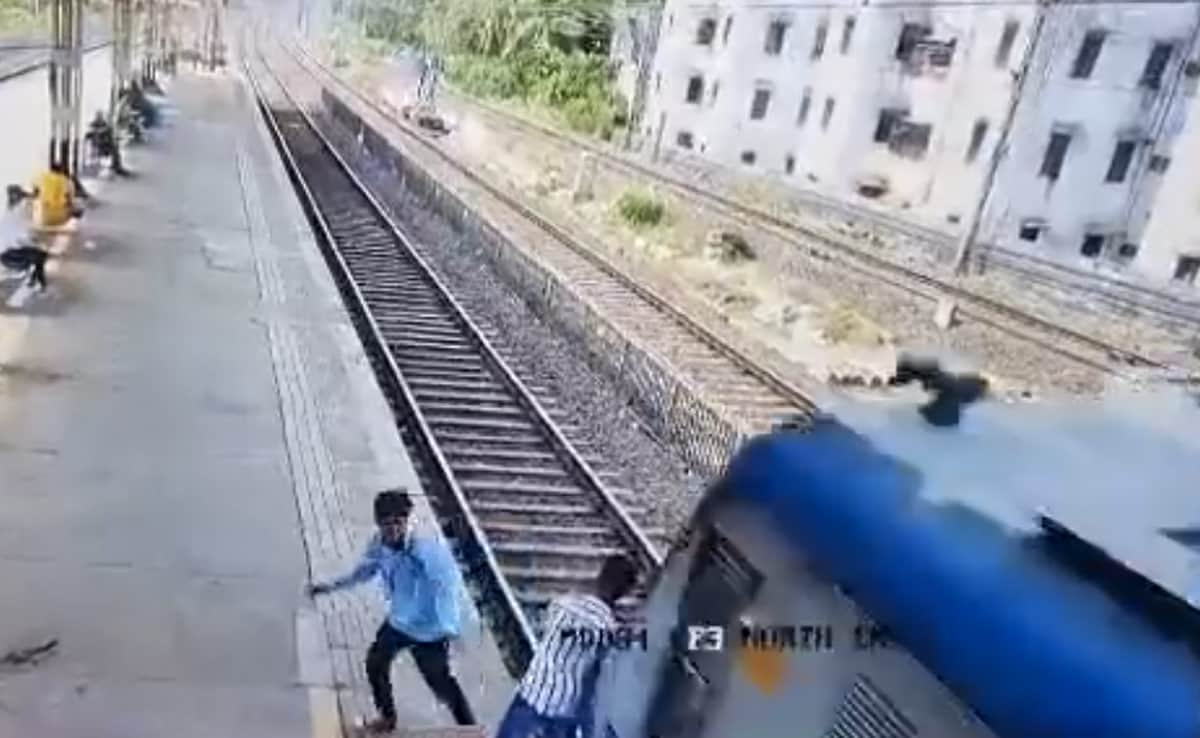Boy hit by drone – the headline alone sparks a chilling image. This isn’t just a futuristic mishap; it’s a stark reminder of the potential dangers lurking in our increasingly drone-filled skies. We’ll explore the various scenarios that could lead to such an accident, examining the types of drones involved, the resulting injuries, and the crucial safety regulations often overlooked.
Get ready to delve into the technical aspects, legal ramifications, and ethical considerations surrounding this growing concern.
From analyzing potential causes like operator error or malfunctioning equipment to investigating existing safety regulations and technological solutions, we’ll paint a comprehensive picture of this critical issue. We’ll also examine the legal responsibilities of drone operators and manufacturers, exploring the ethical dilemmas that arise from the widespread use of drones in populated areas.
A Boy Hit by a Drone: Understanding the Risks and Implementing Solutions

The increasing popularity of drones presents both exciting possibilities and unforeseen challenges. One particularly concerning issue is the potential for accidents involving drones and pedestrians, especially children. This article examines a hypothetical scenario where a boy is struck by a drone, exploring the incident’s details, relevant safety regulations, technological improvements, legal implications, and methods for data visualization to highlight the importance of drone safety.
The Incident: Describing the Event

Several scenarios could lead to a child being hit by a drone. A malfunctioning drone could lose control, a drone could be flown recklessly near populated areas, or a drone could be struck by another object, causing it to fall unexpectedly. The size and weight of the drone significantly impact the severity of the potential injuries. Smaller drones might cause minor bruises or cuts, while larger, heavier drones, particularly those carrying payloads, could inflict serious injuries like fractures, head trauma, or even fatalities.
Imagine a sunny afternoon in a local park. A witness describes seeing a large quadcopter drone, perhaps weighing around 5 kilograms, with a camera attached, suddenly lose altitude and plummet towards a group of children playing. The drone struck a young boy, resulting in a head laceration and a suspected concussion. The boy was rushed to the hospital, but luckily, his injuries were not life-threatening.
This incident underscores the urgent need for improved drone safety regulations and technology.
A boy being hit by a drone is a serious safety concern, highlighting the need for responsible drone operation. Incidents like this make you think about larger-scale events, such as the recent drone crash in Paris , which underscores the potential dangers of malfunctioning or mismanaged drones. Understanding these risks is crucial to preventing similar accidents involving children and ensuring everyone’s safety.
Safety Regulations and Drone Operation
Existing drone regulations vary significantly across countries. Many nations require drone operators to register their devices, maintain a certain distance from people and buildings, and adhere to specific flight restrictions in populated areas. However, enforcement of these regulations can be inconsistent. Some countries have more stringent regulations, including mandatory pilot licensing and operational limitations, while others have less comprehensive frameworks.
The gaps lie in inconsistent enforcement, a lack of standardized safety protocols, and the challenges in regulating the ever-evolving drone technology.
Okay, so a boy got hit by a drone – pretty scary, right? This makes you think about the safety risks involved, especially considering recent incidents like the one described in this article about a drone crash in Paris. That incident highlights how important it is to have better regulations and safety measures in place for drone operation to prevent similar accidents involving people, like that poor boy.
A hypothetical public awareness campaign could involve educational videos, social media outreach, and partnerships with local authorities to promote safe drone operation. The campaign would emphasize responsible drone usage, highlighting the importance of following regulations, maintaining awareness of surroundings, and prioritizing safety above all else.
News of a boy being hit by a drone is a serious reminder of the safety concerns surrounding drone technology. Understanding where these deliveries are taking place is crucial, so check out this list of amazon drone delivery locations to get a better idea of potential risk areas. This information can help us advocate for safer drone operation and prevent similar incidents from happening again.
Technological Aspects and Prevention

Significant advancements in drone technology can mitigate the risk of accidents. Improved GPS systems, enhanced obstacle avoidance sensors, and more reliable fail-safe mechanisms can reduce the likelihood of uncontrolled crashes. Integrating advanced features like geofencing (restricting drone flight to specific areas) and automatic return-to-home functions would significantly enhance safety. Further, sophisticated drone tracking and monitoring systems could allow authorities to quickly identify and address any potential safety issues.
Automated obstacle avoidance systems, utilizing technologies such as LiDAR and computer vision, could significantly reduce the risk of collisions. These systems would enable drones to autonomously detect and avoid obstacles, including people and objects, preventing accidents like the one described earlier. Better real-time tracking and monitoring, through GPS and other technologies, would allow for immediate intervention if a drone malfunctions or strays into restricted airspace.
Legal and Ethical Implications
The legal responsibilities of drone operators are crucial in such incidents. Operators are typically held liable for any damages or injuries caused by their drones. Depending on the severity of the incident and the circumstances, the operator could face fines, civil lawsuits, or even criminal charges. The ethical considerations for both manufacturers and users are equally important.
Manufacturers have a responsibility to design and produce safe drones with robust safety features, while users must operate their drones responsibly and adhere to all relevant regulations.
A hypothetical legal case might involve arguments centered on negligence. The plaintiff (the injured boy’s family) would argue that the drone operator failed to exercise reasonable care, leading to the accident. The defense might argue that the accident was caused by an unforeseen mechanical failure beyond the operator’s control. The outcome would depend on the evidence presented, including witness testimonies, drone maintenance records, and expert opinions on drone safety and operation.
Illustrative Examples and Data Representation, Boy hit by drone

Understanding the potential impact of different drone types is critical for assessing risk. The following table illustrates this:
| Drone Type | Weight (kg) | Potential Impact Force (N) | Potential Injury Severity |
|---|---|---|---|
| Small Consumer Drone | 0.5 | Low | Minor bruises/cuts |
| Larger Consumer Drone | 2.0 | Medium | Fractures, lacerations |
| Commercial Drone (with payload) | 5.0 | High | Severe injuries, potential fatalities |
| Industrial Drone | 10.0+ | Very High | Severe injuries, likely fatalities |
A chart depicting the frequency of drone-related accidents involving children would be helpful in visualizing the extent of the problem. This data could be collected from accident reports, news articles, and government databases. The chart could show trends over time, geographic distribution, and the types of drones involved.
A hypothetical image of the incident’s aftermath might show the injured boy receiving medical attention, the damaged drone lying nearby, and concerned onlookers. This visual representation would help emphasize the seriousness of such accidents. Data on drone accidents could be visualized using various methods, including maps showing accident locations, bar charts showing accident frequency by drone type, and pie charts illustrating the proportion of accidents resulting in different injury severities.
This data visualization would provide a clear and compelling picture of the safety concerns surrounding drone usage.
Closure: Boy Hit By Drone
The incident of a boy being hit by a drone highlights a critical need for improved safety regulations, technological advancements, and public awareness. While drones offer incredible benefits, their potential for harm is undeniable. By understanding the contributing factors, legal implications, and technological solutions, we can work towards a future where the convenience of drones doesn’t come at the cost of public safety.
The key lies in proactive measures, responsible operation, and continuous improvement in drone technology and regulation.
General Inquiries
What are the most common types of drones involved in accidents?
Consumer drones, often smaller and less powerful, are frequently involved. However, larger commercial drones can cause significantly more severe injuries.
What kind of compensation could a family receive if their child is injured?
Compensation depends on the severity of the injuries and the legal jurisdiction. It could involve medical expenses, lost wages, and pain and suffering.
Are there any apps or tools to help monitor drone activity?
Several apps and services offer drone tracking and monitoring capabilities, though their effectiveness varies by location and drone type.
How can I report a dangerous drone incident?
Contact your local authorities or aviation regulatory agency. They’ll have specific procedures for reporting drone-related incidents.
